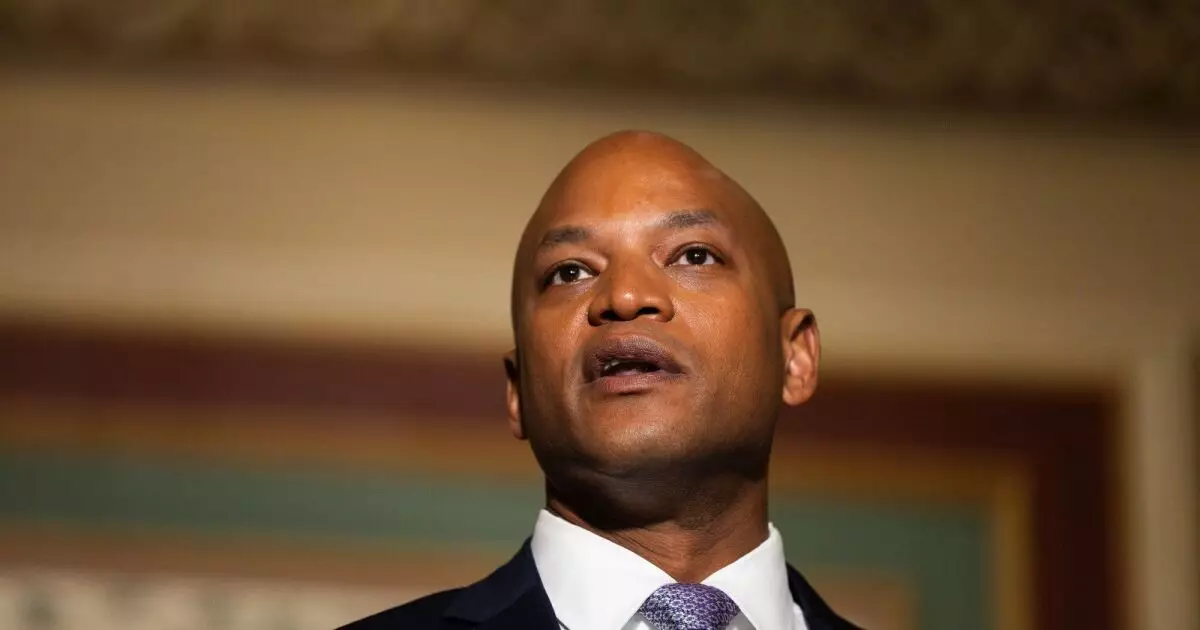Maryland recently faced a setback as Moody’s changed its outlook on the state’s credit rating to negative from stable. This decision was primarily driven by the depletion of the state’s general fund surplus, which raised concerns about future structural imbalances. Despite affirming the state’s issuer and general obligation bond ratings at Aaa, Moody’s pointed out the planned exhaustion of budgetary reserves by about 60% from fiscal 2023 through fiscal 2025 as a looming threat to Maryland’s financial performance compared to its peers.
Challenges in Education, Healthcare, and Retirement Benefits
One of the key areas of concern highlighted by Moody’s is the escalating expenditures in education and healthcare, along with mounting retirement benefit liabilities. This has put pressure on the state to consider unpopular solutions like spending cuts or new taxes to address the financial strains. The state’s ability to manage these challenges effectively will play a crucial role in determining its long-term fiscal health.
Moody’s also noted the collapse of the Francis Scott Key bridge after a ship struck it in March as a credit risk that could potentially have a positive impact once the bridge is rebuilt. While such events bring immediate financial burdens, they also present opportunities for infrastructure improvements and economic growth in the long run. Maryland will need to carefully navigate these challenges to mitigate any adverse effects on its credit rating.
On the other hand, both Fitch Ratings and S&P Global Ratings maintained stable outlooks when affirming Maryland’s triple-A rating. Fitch emphasized the state’s strong fiscal management, diverse economy, and budgetary flexibility despite medium-term obligations. However, they raised concerns about education funding and retiree benefits as potential areas of vulnerability. S&P highlighted Maryland’s proactive budget management but warned of long-term risks associated with maintaining structural budgetary balance and managing high debt burdens.
Budgetary Changes and Revenue Forecasts
According to the National Association of State Budget Officers, Gov. Wes Moore’s administration passed a $63.1 billion budget for the upcoming fiscal year, representing a slight decrease from the previous year. General fund appropriations saw a significant drop, indicating efforts to streamline spending in light of fiscal challenges. The revenue forecast for fiscal 2025 shows a modest increase, but the state still faces pressure in managing future expenditures and capital needs within its existing financial constraints.
Maryland is confronting various challenges that could impact its creditworthiness in the coming years. The state must address the depletion of its general fund surplus, escalating expenses in critical sectors, and potential credit risks like infrastructure failures thoughtfully. By implementing strategic fiscal policies, managing liabilities effectively, and making prudent budgetary decisions, Maryland can navigate these hurdles and safeguard its financial stability in the long term.

